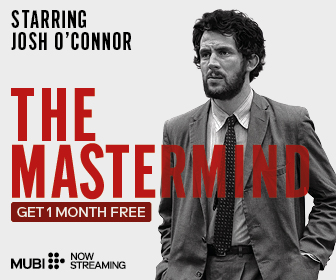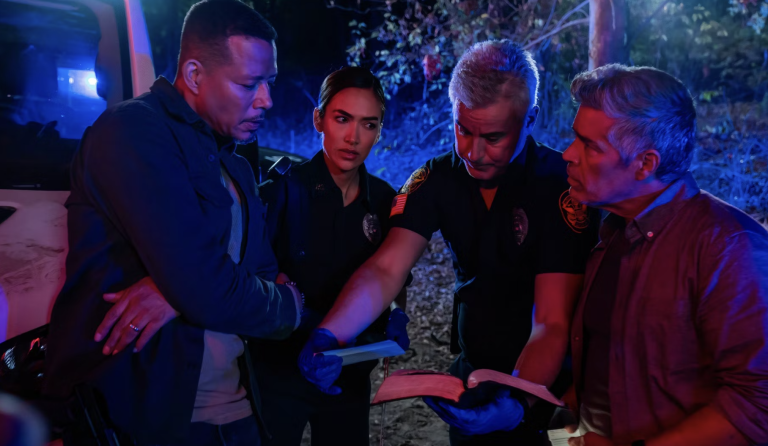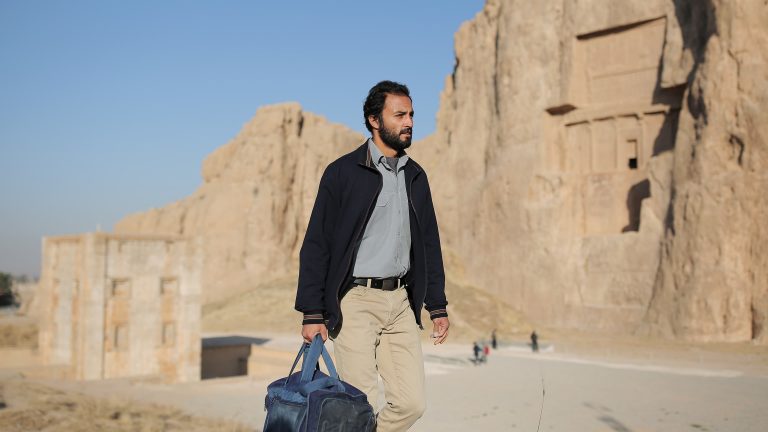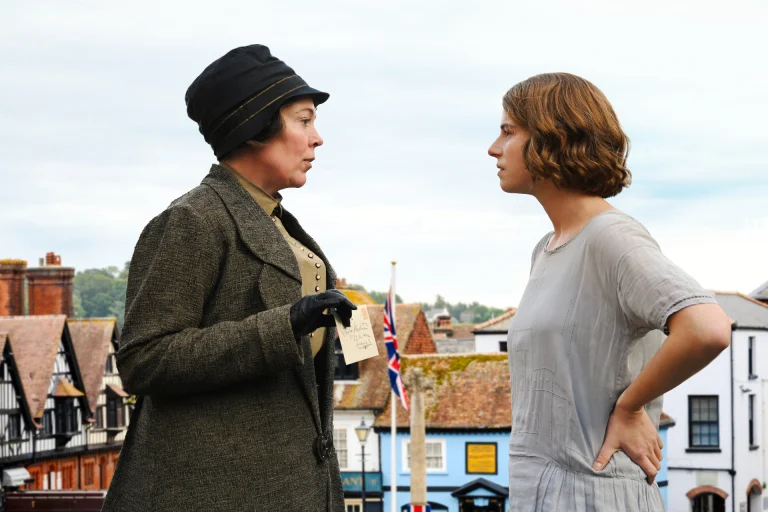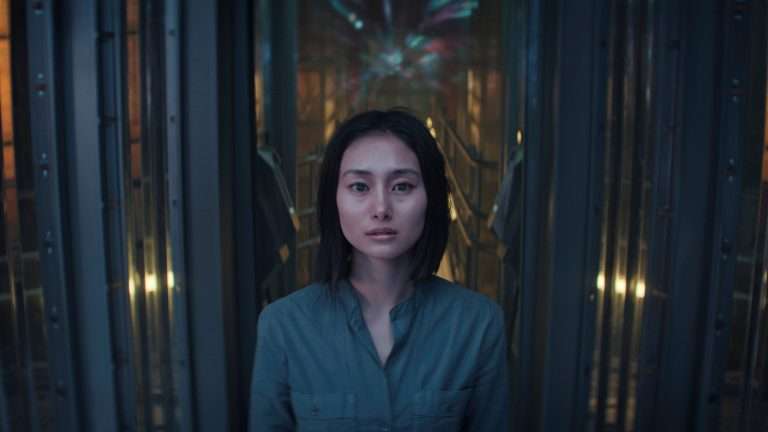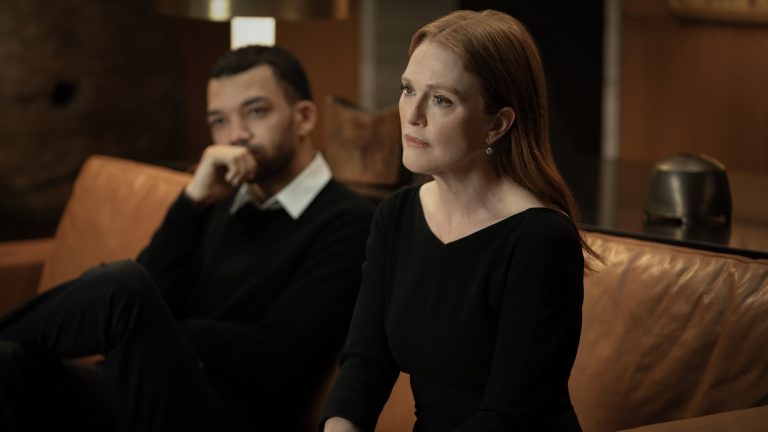What happens when a 13-year-old boy becomes the prime suspect in his classmate’s murder? The release timing of Netflix’s Adolescence (2025), co-created by Stephen Graham and Jack Thorne, feels deliberate, arriving at a time when we grapple with questions we would rather not ask about our children. The series will give you everything a crime drama demands—guilt, crime of passion, thrill, loyalty—but unlike most crime dramas, this story is not about time running out. Instead, it demands something more difficult.
You will hold your breath until the credits, not for resolution, but for understanding. Because understanding requires us to confront what we think of childhood itself. The very premise of the series is so alien to our adult minds that we cannot even fathom why we must delve into finding the reason behind this. The question is not what happens when a 13-year-old boy murders, but what makes a 13-year-old, well-adjusted boy murder? And the question that haunts every parent watching: could this have been prevented?
The story begins with a door splintering open at dawn. Police burst into thirteen-year-old Jamie Miller’s (played by Owen Cooper) bedroom to arrest him for the suspected murder of his classmate Katie (Emilia Holliday). The violence of that awakening—literal and metaphorical—sets the tone for what follows.
The first episode suspends us on the familiar did-he-or-didn’t-he wire, but the next two episodes plunge us into the real question—not what happened, but how we arrived here. This shift from crime to causation becomes the series’ true subject. What makes a murderer out of a child? The final episode shows us the Miller family in the aftermath, where Eddie Miller (Stephen Graham) tries to breathe in a world that no longer makes sense.
Each episode of “Adolescence” is shot in one take—a formal choice that becomes a moral imperative. This technical constraint breaks something fundamental about how we consume violence or watch shows about violence. The fact that a show can have great acting and impeccable visual storytelling alongside a gripping narrative is rare these days, especially given the type of outlandish series and sequels Netflix has been greenlighting. “Adolescence” is that breath of fresh air we didn’t know we needed—one that forces us to see how to tell a real story.
Director Philip Barantini does the essential thing: he breaks the standard crime procedural narrative. He understands that the audience must follow different characters: DI Bascombe (Ashley Walters), forensic psychologist Briony Ariston (Erin Doherty), and Mr. Miller.
Each one of them is trying to understand what we are trying to understand. Each carries the same impossible burden, and each one must learn to live in a world where children kill other children. The urgency isn’t manufactured—it’s earned. Knife crimes are rising. Teenagers are becoming more violent. These are not statistics but symptoms.
What the series excavates, ultimately, is the disjointed relationship between fathers and adolescent boys. The old contract has been broken. The absent fatherhood that once sufficed can no longer work with today’s youth, not when children navigate porn and violence as easily as they access the web, while the internet is filled with influencer therapists miseducating young minds. The math is simple and devastating.
Of the four primary characters across four episodes, three are men and one is a woman. In the third episode, where we explore from Briony’s perspective, Philip Barantini makes sure that we still feel the weight of the misogynistic gaze on her. This, too, is part of the pathology he’s diagnosing. Barantini pulls this off because of the actors. Stephen Graham, Ashley Walters, Erin Doherty, and young Owen Cooper carry the series on their shoulders.
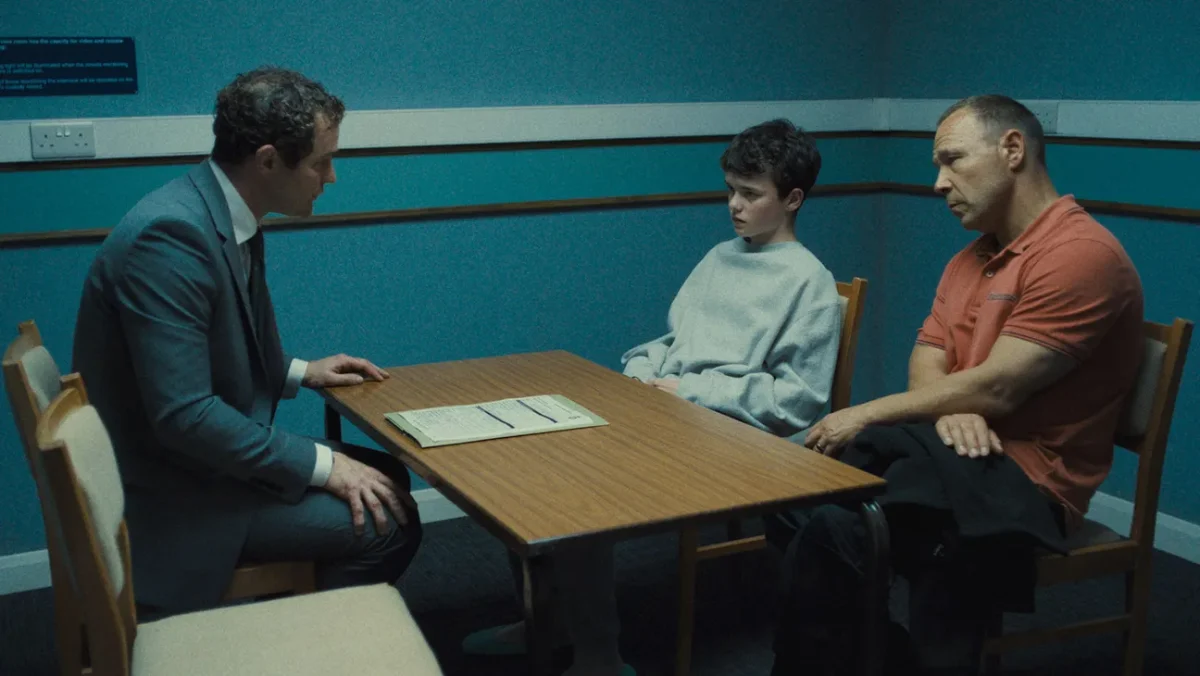
“Adolescence” serves as a reminder of the dark side of social media—a language that adults can barely interpret. It maps the territory where teenagers have access to weapons and uncensored porn without any understanding of the severity of real-world consequences.
Being a teenager has always been hard, but in today’s world—when everything exists through a phone and people are rated by social media presence, when you’re rewarded for showing rather than being—one must look at Jamie and ask: who failed him? His father? Society? Or is he simply collateral damage of a time where trends determine survival?
When Jamie is arrested in the beginning, he denies everything, even when his father asks him separately. Only when DI Bascombe shows him footage of the stabbing does he break down. He calls it a mistake—the word hanging in the air like something obscene. A mistake, as if he were a child caught with stolen candy.
This moral confusion runs deeper than we want to acknowledge. We witness similar behavior in the second episode when Bascombe questions Ryan, Jamie’s friend. Ryan hides the truth from Bascombe, not out of malice, but because he cannot comprehend the seriousness and simply wants to avoid trouble. They behave exactly how you’d expect thirteen-year-olds to behave, except that a girl has been stabbed to death.
The second episode turns to Bascombe and his son Adam, revealing what the opening only suggested. Here is a father struggling to connect with his son. When Adam won’t go to school, when he makes excuses, Bascombe calls it a phase. Bascombe represents what we consider “good fathers”—he provides, he stays, he does the basics. But the basics we learn are no longer enough. When his son started to like different things, he simply stopped trying. In this, he and Jamie’s father are similar, if not the same.
When Adam reveals to Bascombe what emojis mean on Instagram and how Jamie was called an incel, Bascombe is shocked. The revelation comes like a foreign language decoded too late. Different colored hearts carry different meanings, every emoji speaks in code—this is a language adults cannot comprehend. And if parents cannot speak their children’s language, how can they protect their children from becoming victims or offenders?
Also Read: 8 Must-Watch One-Shot Movies Like Netflix’s Adolescence
In the third episode, this exact question is examined through Briony Ariston, the forensic psychotherapist. When she interviews Jamie, it appears to be a normal conversation; Jamie appears to be a normal kid, jolly, funny, despite a recent fight with his fellow inmate. They’ve built rapport from previous sessions. But as the conversation progresses, we glimpse into Jamie’s true understanding. When the talk turns to masculinity and his dad, Jamie’s demeanor changes.
When asked about whether his father is ashamed of him, he explodes. The shame runs deep—it has become identity itself. He erupts again when Briony questions whether he is ashamed of his looks. Shame has rooted itself in Jamie from the beginning. Not just from bullying, but from something more: the belief that he was not manly enough.
When he could not play sports, his father’s disappointment became his certainty of inadequacy. The language of love had been replaced by the language of disappointment. When others called him an incel, this confirmed what he already believed: he would never be desired or wanted by anyone.
But is it simply insecurity? Adam Bascombe gets bullied, too. So does Ryan. Yet they do not end up killing a classmate. Then, why Jamie? The answer lies not in what happened to Jamie, but in what Jamie believed should happen next. When Jamie’s friend circulates Katie’s nudes among the boys and Katie is humiliated, Jamie proposes to her. She refuses. And the question becomes stark: can mere rejection drive someone to stab? The answer, written in blood across centuries, is yes.
History bears witness: in India alone, hundreds of women suffer acid attacks after refusing men. What Jamie believes—what he has learned—is that he is better than other men because he did not assault Katie before he stabbed her. This is his morality. This passes for virtue in his mind—the logic of an emasculated boy who worships male power but cannot claim it.
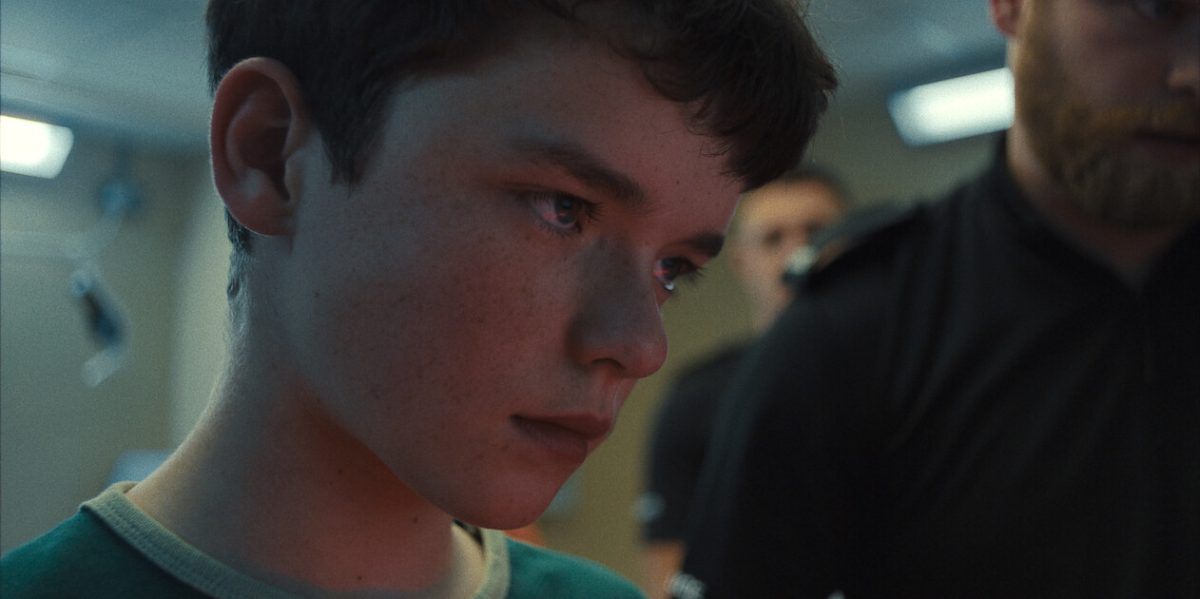
Consider the guard at the confinement center. He makes Briony uncomfortable, and he invades her space with sexual innuendos. Yet he has probably stayed out of prison his entire life. He holds down a job. The difference between him and Jamie is that the guard knows his limits, understands the law, and the consequences of his actions.
In the fourth episode, as we see the Miller family dealing with this catastrophe, we watch Mr. Miller’s breakdown after he spots boys who have spray-painted abuse on his car. He threatens them and spills paint on his car in front of the store. His wife and daughter comfort him afterward. Jamie had mentioned tearing down a window shade in anger.
The parallel is deliberate and damning. Mr. Miller gets excused. He is a good father who works hard and had a difficult childhood. His anger makes sense to everyone. But anger, like water, finds its level. Jamie, who has witnessed his father’s anger, carries it with him. For him, outbursts become mistakes you forget about, just like he has seen at home. Unfortunately, unlike his father, he does not know when to stop or understand the consequences.
Could anyone become Jamie, or is he the inevitable product of inherited rage and broken ideas about being a man? Is it the porn? The social media? The violent images children now see without a filter? Are today’s children more numb to violence, or have we simply made violence more accessible?
We ask these questions because we want to believe the answer lies somewhere else, in some force outside ourselves. But the terrible truth is that Jamie has witnessed, all his life, his father get away with angry outbursts. He has watched men take what they want, harm whom they choose, and walk away clean. This is his inheritance.
“Adolescence” reveals to us simply what we have made: boys who have been desensitized to pornography and violence are now hungry to feel powerful in ways unimaginable, and parents who have forgotten how to listen to their children. We have made children who no longer communicate with their parents, who no longer play together, who instead disappear behind screens. The danger is no longer in the woods, but within our living rooms.
In the final scene, Mr. Miller places a teddy bear in Jamie’s empty bed, as gently as one might place wildflowers on a grave. A thirteen-year-old should know the warmth of his father’s hand, not the weight of empty rage in his chest. The image completes what the series has been building toward—a recognition of what we’ve lost. ‘Look, the series seems to whisper, ‘this is how the innocence of adolescence dies, one screen at a time.’

